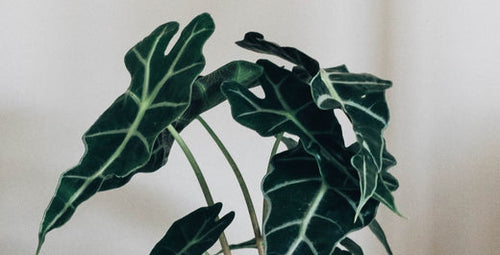Nearly everyone knows the story of the miraculous metamorphosis of a caterpillar to chrysalis to butterfly. Eric Carle’s book The Very Hungry Caterpillar, published in 1969, taught decades of preschool-age children about this miracle of nature. The very hungry caterpillar ate nearly everything in sight, which is not what actually happens. (Sorry, Mr. Carle…)
For each butterfly species (think Monarch or Swallowtail), there is a separate plant (or several plants) that the very hungry caterpillars of these specific species will eat. For example, Black Swallowtail caterpillars only eat the leaves of parsley, dill, fennel, and rue plants, while their cousins, the Zebra Swallowtail larvae prefer only pawpaw leaves. Monarch caterpillars only dine on milkweed.
 That’s why if you want to lure butterflies to your yard, planting the flowers they sip nectar from isn’t enough. You also need to plant the species of plants that they will lay their eggs on. If the butterflies in your yard do not find these larval host plants, they will go elsewhere.
That’s why if you want to lure butterflies to your yard, planting the flowers they sip nectar from isn’t enough. You also need to plant the species of plants that they will lay their eggs on. If the butterflies in your yard do not find these larval host plants, they will go elsewhere. But if you pair nectar-plants for butterflies with host plants for their larvae, you are creating a buffet for the life stages of the butterflies you love best. Many larval host plants are trees and shrubs. Some are flowers and herbs. And many are weeds. Make a spot in your yard for larval host plants whose butterflies you want to attract.
There are an estimated 750 species of butterflies and moths in North America. Here is a list of host plants for some of the most common butterflies in the US.
- Acmon Blue: buckwheat, lupines, milkvetch
- Admiral, Red: wild cherries, black oaks, aspens, yellow and black birch
- Admiral, White: wild cherries, black oaks, aspens, yellow and black birch
- Coral Hairstreak: wild black cherry, American and chickasaw plum, black chokeberry
- Dun Skipper: sedges, grasses
- Gray Comma: gooseberry, azalea, elm
- Great Purple Hairstreak: mistletoe
- Gulf Fritillary: passionflower
- Henry's Elfin: redbud, yaupon holly, maple-leaved viburnum, blueberries
- Monarch: milkweeds
- Painted Lady: thistles, mallows, yellow fiddleneck
- Pygmy Blue: saltbush, lamb's quarters, pigweed
- Silver-Spotted Skipper: locust, wisteria
- Swallowtail, Black: parsley, dill, fennel, common rue
- Swallowtail, Eastern Tiger: wild black cherry, ash, tulip tree, willow, sweetbay, basswood
- Swallowtail, Giant: prickly ash, citrus, common rue, hoptree, gas plant, torchwood
- Swallowtail, Spicebush: sassafras, spicebush
- Swallowtail, Western Tiger: willow, plum, alder, sycamore, hoptree, ash
- Swallowtail, Zebra: pawpaw
- Sulphurs: clover, peas, vetch, alfalfa, asters
- Variegated Fritillary: passionflower, violet, stonecrop, purslane
- Viceroy: willows, cottonwood, aspen
- Western Tailed Blue: vetch
- Woodland Skipper: grasses
Written by Karen Weir-Jimerson

















